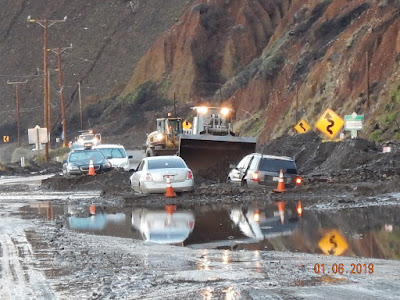As we currently watch post tropical cyclone Nestor
approach Florida [see image below from NHC], a
round of severe thunderstorms,
with damaging winds, hail and isolated tornadoes, is possible Sunday and
Monday from the Plains to the lower Mississippi Valley. The chance of severe
weather will build due to a familiar early winter-like setup that includes the
intersection of a strong low-pressure system with warmer, more humid air ahead
of it from the Gulf of Mexico.
The
Weather Prediction Center shows the map below for tomorrow, with further predictions
of thunderstorms moving east with each passing day.
As expected, 2018
was the fourth-hottest year on record globally, and another near-record year
for U.S. weather and climate disasters, see image below.
While the U.S. had its
14th-warmest year in 2018, unusual heat in Europe and the Arctic propelled the globe to higher numbers. The oceans also
had their warmest year on record — a trend that intensifies sea
level rise, coral
bleaching, and tropical
cyclones such as
hurricanes.
Any of these websites are
great places to keep yourselves informed so we can prepare for a heat wave or a
storm coming our way.



